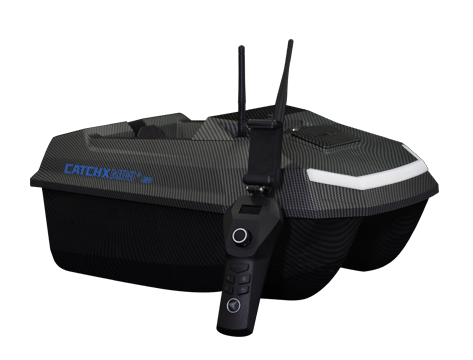Shedding Light on Maintenance: How to Care for Your Fishing Head Lamp for Night Fishing
The thrill of night fishing is an experience like no other. As the sun sets and darkness engulfs the surroundings, the water comes alive with nocturnal species. However, night fishing also presents unique challenges, one of which is visibility. This is where a fishing head lamp comes into play. But like any other piece of equipment, a fishing head lamp requires proper care and maintenance to ensure its longevity and performance. So, how do you maintain your fishing head lamp for night fishing? Let's illuminate this topic.
What's Fishing Head Lamp
Before we delve into the maintenance aspect, it's essential to understand the components of a fishing head lamp. Typically, a fishing head lamp consists of a light source (usually LED), a power source (batteries or rechargeable cells), a casing that houses these components, and a strap for securing the lamp on your head.
Regular Cleaning
The first step in maintaining your fishing head lamp is regular cleaning. After each fishing trip, wipe down the exterior of the lamp with a damp cloth to remove any dirt, salt, or grime. This prevents corrosion, especially if you're fishing in saltwater environments.
For the head strap, a gentle hand wash with mild soap and warm water will keep it clean and free from sweat and dirt. Ensure the strap is completely dry before storing it to prevent mold and mildew.
Battery Care
The power source of your fishing head lamp, whether it's a disposable battery or a rechargeable cell, requires special attention. Always remove the batteries if you're not planning to use the head lamp for an extended period. This prevents battery leakage, which can damage the lamp.
For rechargeable cells, it's crucial to follow the manufacturer's instructions for charging. Overcharging can reduce the battery's lifespan, while undercharging can affect the lamp's performance.
Checking the Light Source
LEDs, the common light source in fishing head lamps, are known for their longevity. However, it's still important to check the LED for any signs of dimming or flickering. If you notice any issues, it might be time to replace the LED. Always refer to the manufacturer's instructions or consult a professional for this task.
Waterproofing Checks
Most fishing head lamps are designed to be water-resistant, if not waterproof. This is crucial for their performance in the damp conditions of night fishing. Regularly check the integrity of the seals and gaskets that keep water out of the lamp. If you notice any damage or wear, replace these components immediately.
Storage
Proper storage is a key aspect of maintaining your fishing head lamp. Always store the lamp in a cool, dry place away from direct sunlight. The storage area should be free from moisture to prevent corrosion and damage to the lamp's components.
Regular Inspections
Finally, regular inspections can help you spot any potential issues before they become major problems. Check the lamp for any signs of damage, such as cracks in the casing, frayed wires, or loose connections. If you spot any issues, it's best to get them repaired immediately to prevent further damage.
A fishing head lamp is an essential tool for night fishing, illuminating your surroundings and making your fishing experience safer and more enjoyable. However, like any tool, it requires proper care and maintenance to ensure its longevity and performance. By following these maintenance tips, you can keep your fishing head lamp in top condition, ready to light up your next night fishing adventure.
Remember, a well-maintained fishing head lamp is not just about performance; it's also about safety. A reliable light source can make all the difference when you're navigating the waters in the dark. So take the time to care for your fishing head lamp, and it will serve you well on many fishing trips to come.























